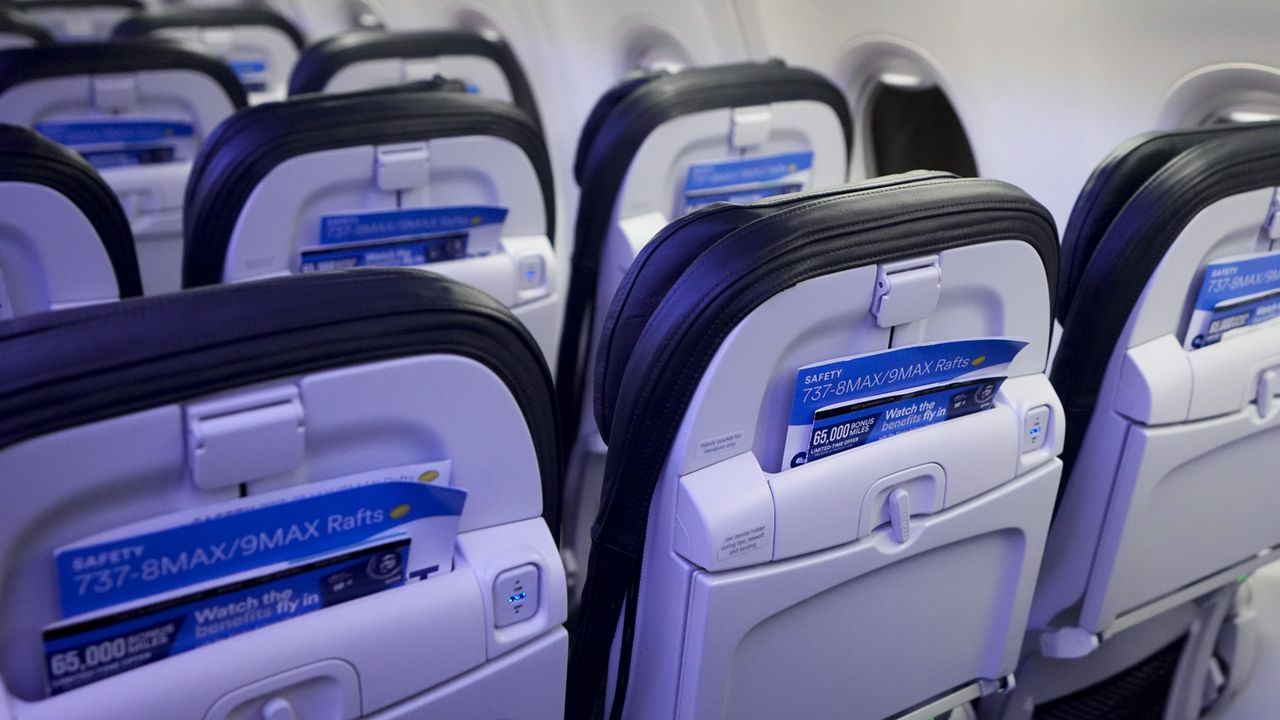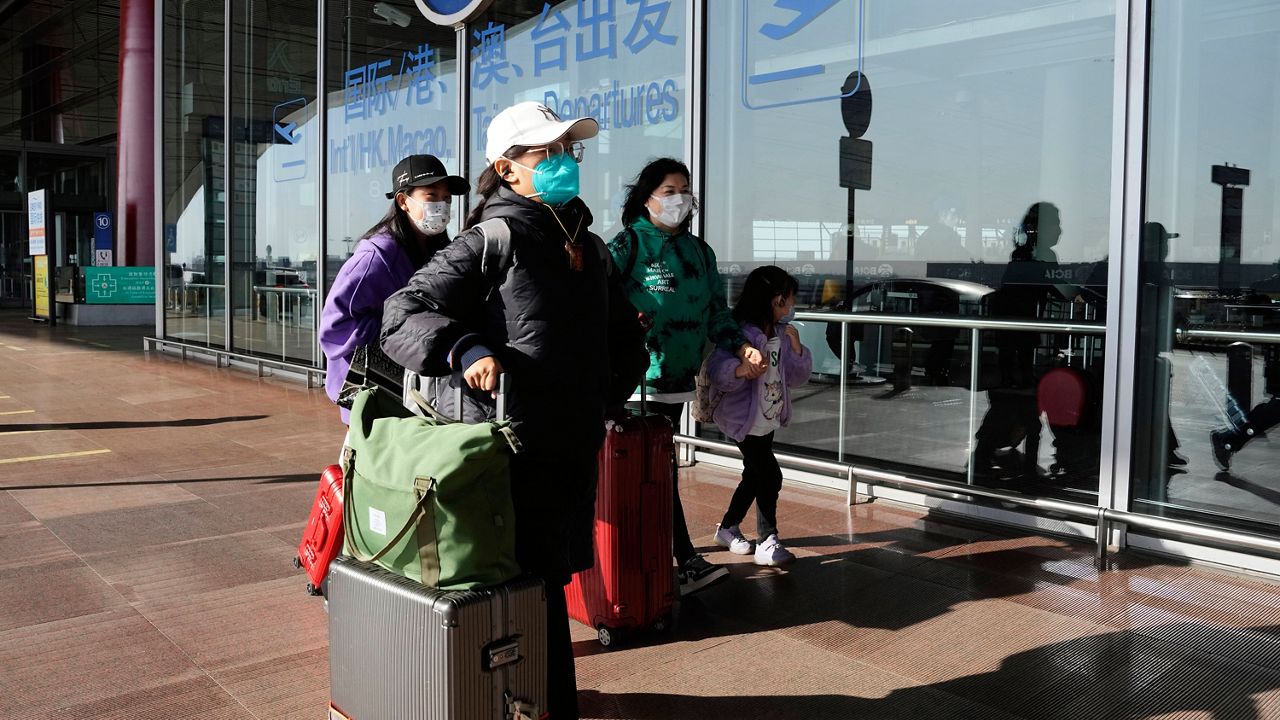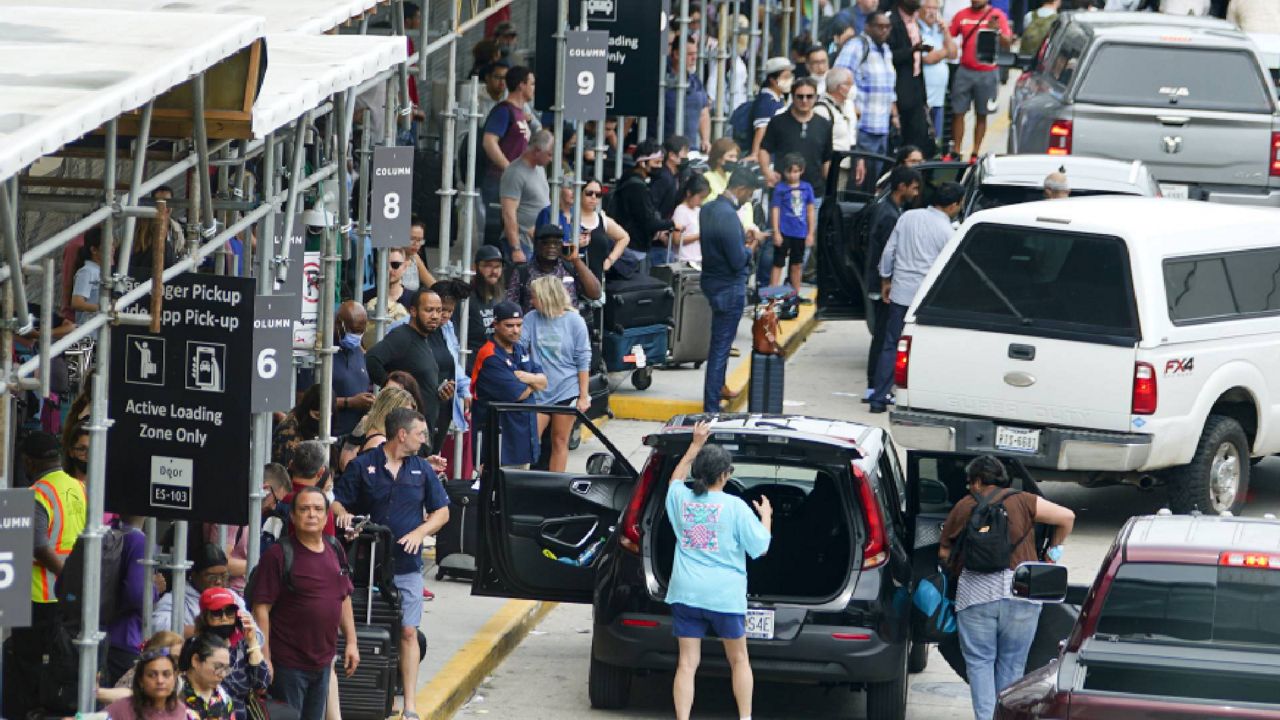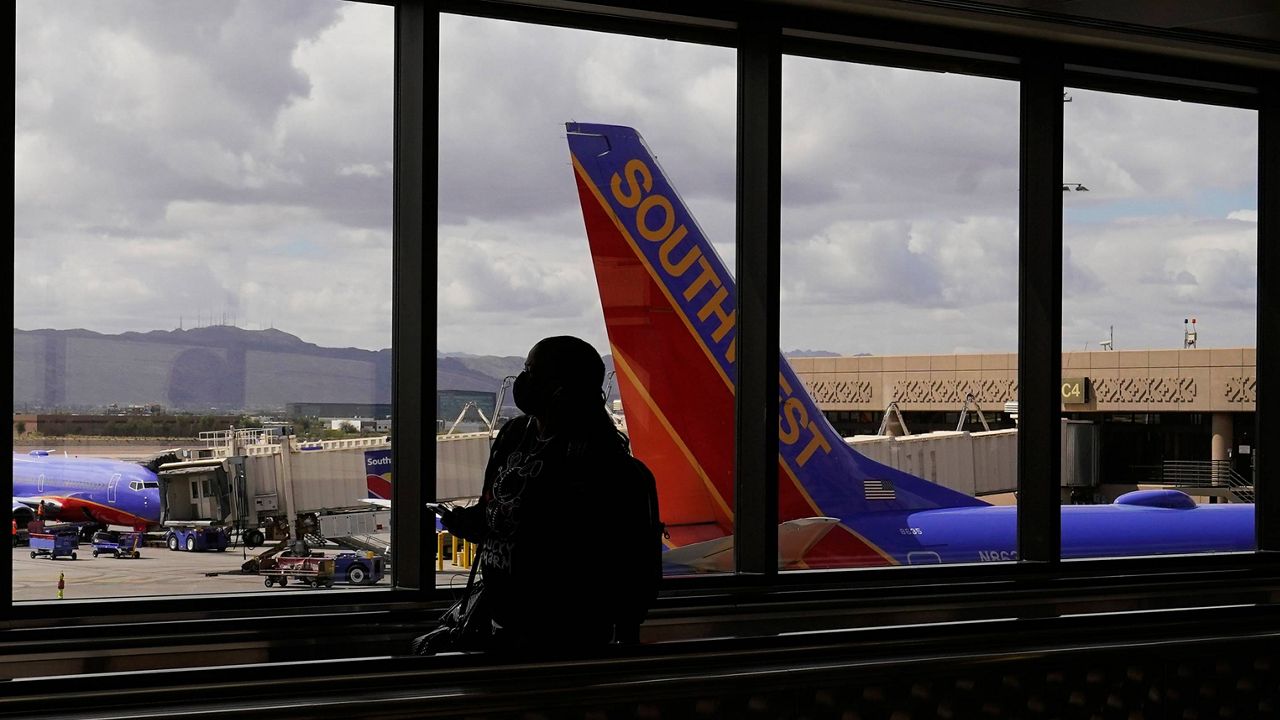WASHINGTON — Two decades in the making, the date when federal government agencies say they will start enforcing a requirement to have a Real ID is now nearly two weeks away.
Starting on May 7, those seeking to use a driver's license to board domestic flights and access certain federal facilities must ensure it is Real ID compliant.
The requirement was established by Congress 20 years ago in response to a recommendation from the bipartisan commission created to investigate the 9/11 terrorist attacks and set new minimum security standards for state-issued driver's licenses. At the time of enforcement, federal agencies are not supposed to accept licenses and identification cards from states that do not meet these standards for certain activities
The act was originally scheduled to be enforced in 2008 before being pushed back multiple times. The Department of Homeland Security now has a countdown clock on its website for the May 7, 2025, deadline and a small questionnaire to determine whether your ID is compliant.
Licenses with a star marking mean they already fit the bill. A handful of other states, including Washington, Michigan, Minnesota, New York and Vermont, also offer what are called enhanced driver’s licenses that bear a flag that will also be accepted to board domestic flights and enter certain facilities.
For most Americans who aren’t entering federal facilities or nuclear power plants on a regular basis, the biggest change they will see is at the airport. States such as New York note the Real ID is not needed for other day-to-day activities like driving or registering to vote.
But starting next month, travelers who present a state-issued identification that is not Real ID compliant at airport security checkpoints face the risk of being turned away by the Transportation Security Administration. At the very least, they can “expect to face” delays and additional screening, according to the Department of Homeland Security.
However, TSA will still accept numerous other forms of identification for domestic air travel, including a valid passport.
With the Real ID date in mind, the State Department this week encouraged Americans to check the expiration date of their passport ahead of summer travel, noting that regular processing for one takes four to six weeks, not including mailing times.
Generally speaking, those seeking a Real ID will need to present documents bearing their full legal name, date of birth, Social Security number — on their Social Security card or a W-2 form — two proofs of address of principal residence and their lawful status to the driver's license agency in their individual state.
Each state, however, is handling the switch on its own and therefore has different processes.
California’s Department of Motor Vehicles, for instance, asks residents to fill out an application and upload documents, including a valid passport or birth certificate and documents showing proof of residency, such as a utility bill and bank statement, online before going into a DMV office in person.
Applicants are then given a confirmation code that will act like an appointment to go to an office in person and complete the process, according to the California DMV website.






)


